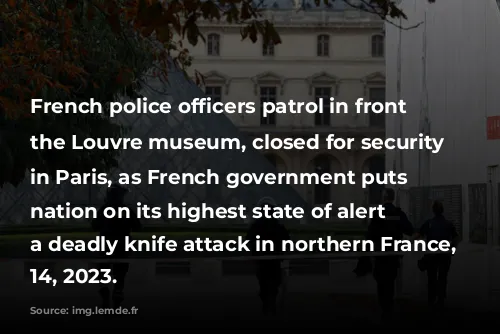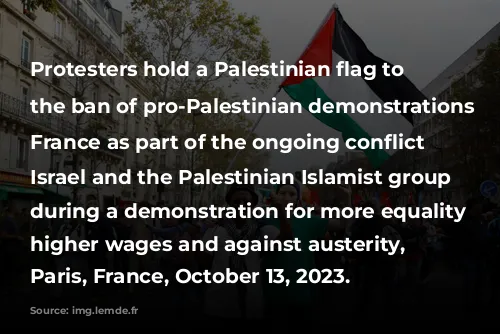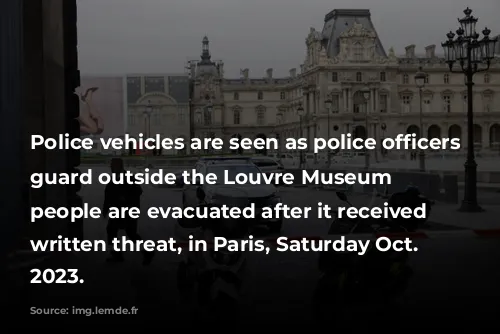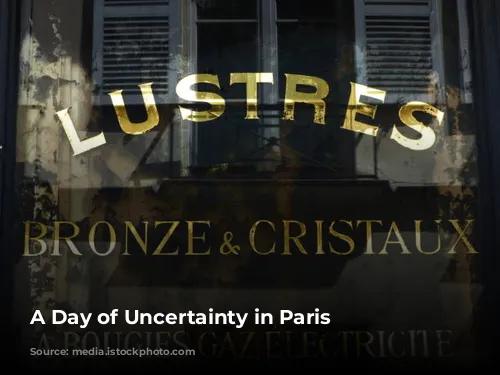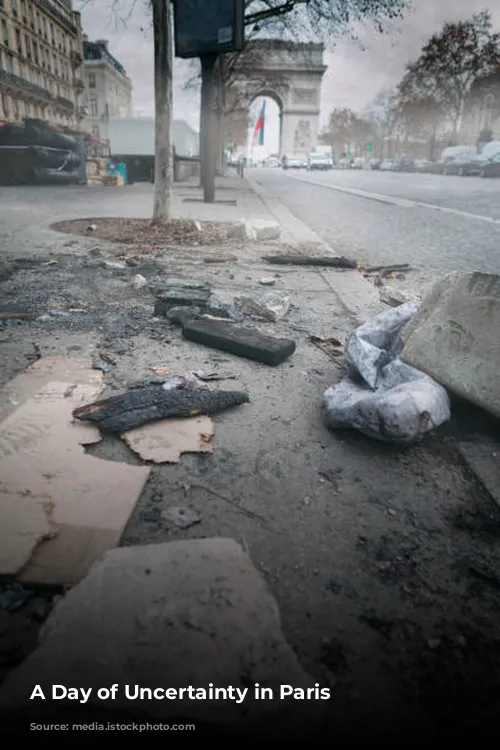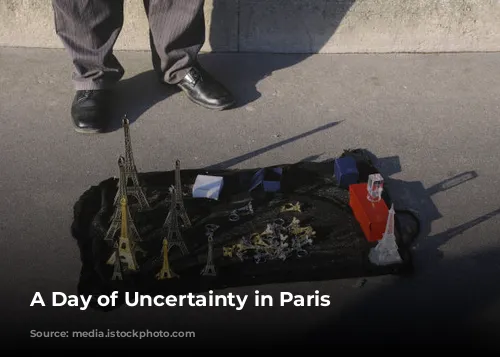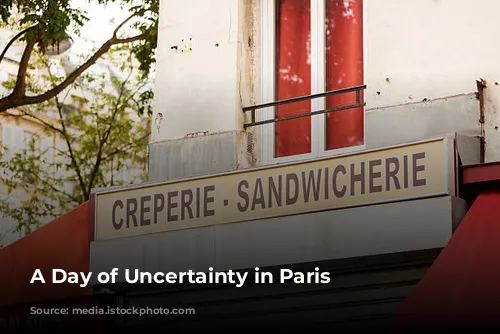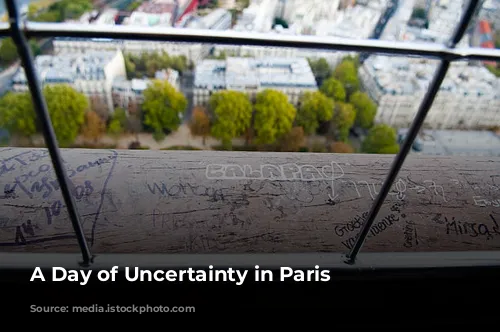Paris, France – On Saturday, October 14, a wave of bomb threats swept through Paris, leading to the evacuation of the iconic Louvre Museum and the grand Versailles Palace. The threats caused widespread fear and forced the closure of both sites for the remainder of the day. Thankfully, after careful inspections, authorities confirmed that the threats were false.
The evacuations came at a time of heightened tension in France, following a brutal terrorist attack in the northern town of Arras. A teacher tragically lost their life, and several others were severely injured in a school stabbing on Friday. The country’s security forces were placed on maximum alert, and schools across France observed a moment of silence on Monday to honor the victims.
The Louvre’s Response to the Threat
The Louvre, home to world-renowned masterpieces like the Mona Lisa, is a popular destination, welcoming thousands of visitors each day. The museum received a written message warning of a potential risk to the safety of both the museum and its visitors. In light of the recent terrorist attack and heightened security concerns, the Louvre decided to evacuate and close its doors for the day while security checks were conducted.
The Louvre’s communication team assured the public that no one was injured and that no incidents had been reported. Despite the scare, the museum’s staff worked diligently to ensure the safety of its visitors and staff, quickly ushering them out of the building and cordoning off the area.
Security Measures Across Paris
The Versailles Palace, a former royal residence known for its opulent gardens, also received a bomb threat. Police swiftly evacuated the palace and its grounds while thoroughly examining the area.
Security concerns extended beyond the iconic landmarks, as a major Paris train station, Gare de Lyon, was also evacuated after a suspected explosive device was discovered. The situation in Paris underlined the growing fears of potential violence in the wake of the escalating conflict between Israel and Hamas.
France’s Response to the Regional Conflict
France, like many other nations, was on edge as tensions escalated between Israel and Hamas. The French government, recognizing the potential for violence on its own soil, announced a significant military deployment, placing the country under the highest security alert level.
The Operation Sentinelle, a military operation established in the aftermath of the 2015 terrorist attacks, was bolstered with an additional 7,000 soldiers, bringing the total number of troops on high alert to a significant number. This deployment, intended to protect sensitive locations across the country, was expected to be completed by Monday evening.
Divisions and Protests
In the midst of this heightened security, France was also dealing with internal divisions stemming from the conflict in Israel. Pro-Palestinian demonstrations were banned by the government, citing concerns about public order. However, protests went ahead in defiance of the ban, leading to clashes between protesters and police. The government’s decision to ban demonstrations, aimed at preventing potential violence and ensuring public safety, was met with strong reactions from those expressing solidarity with the Palestinian people.
The events of October 14th in Paris highlighted the complex and challenging security situation in France, influenced by both internal and external factors. The combination of heightened security concerns following the terrorist attack in Arras and the escalating conflict between Israel and Hamas created a tense atmosphere, forcing the government to take swift and decisive action to protect its citizens. While the initial bomb threats proved to be false alarms, the situation served as a stark reminder of the ever-present need for vigilance and preparedness in the face of evolving security threats.
